According to Vietnam Customs, in the first 8 months of 2025, tilapia exports (including red tilapia) reached more than 63 million USD, an increase of 174% over the same period last year. This figure surpassed Vietnam's tilapia export turnover in the past 5 years, since 2020.
The United States is the largest importer of Vietnamese tilapia, accounting for 62% of the total value of Vietnamese tilapia exported to foreign markets.
The fisheries industry aims to increase tilapia output to 400,000 tons by 2030, with export turnover reaching about 100 million USD, forming a closed production - processing - consumption chain and building a national brand for Vietnamese tilapia.

Mr. Nguyen Dang Ngoc, Deputy General Director of Viet Nhat Group, said that in order for Vietnamese tilapia to take advantage of market opportunities, it is necessary to focus on developing cooperative models and building a closed chain. Photo: Hong Tham .
Vietnam’s tilapia exports are facing a great opportunity to break through the set targets. However, along with the opportunities are significant challenges as import markets increasingly demand higher levels of product traceability, food safety and sustainable development.
Mr. Nguyen Dang Ngoc, Deputy General Director of Viet Nhat Group, said that by 2024, Vietnam will have 43,000 hectares of tilapia farming area, with an output of 376,000 tons. The popular tilapia farming model is still earthen pond farming, cage farming and mixed farming with other aquatic species. The farming scale is still small, and the quality of tilapia for food has not been systematized and standardized.
The international market is growing rapidly, opening up great opportunities for the Vietnamese tilapia industry. The global tilapia market value in 2024 reached about 10.6 billion USD, forecast to increase to 14.5 billion USD by 2033. In terms of output, it reached about 7 million tons in 2024 and is expected to increase to 7.3 million tons by 2025, reflecting a stable consumption trend and increasing demand for affordable aquatic protein sources.
The largest tilapia consuming markets today include: the United States, the European Union (EU), the Middle East and South American countries - regions with a strong demand for high-quality tilapia fillets. However, the requirements of these markets are very strict, from meat quality, food safety, to sustainable production certifications such as: GlobalGAP, BAP, ASC... That requires the production chain to meet comprehensive standards, from breeding to processing.
According to Mr. Ngoc, to take advantage of market opportunities, Vietnam needs to focus on developing cooperative models and building a closed chain, from breeding, farming areas, processing to consumption.
Along with that is investing in modern cold storage and logistics systems, standardizing production processes and upgrading quality standards throughout the chain - from animal feed factories, commercial farming facilities to tilapia fillet processing factories. When meeting international standards such as: GlobalGAP, BAP, ASC..., Vietnamese tilapia can completely rise to become a new key product line of Vietnamese seafood in the near future.

The largest tilapia consuming markets today include: the United States, the European Union (EU), the Middle East and South American countries. Photo: Duy Hoc .
Sharing the same view, Mr. Bui Ngoc Thanh, Director of Aquaculture - Vietnam, US Soybean Export Council (USSEC) said that tilapia is becoming a strategic industry in the global aquaculture development trend, with increasing demand for stable, safe and sustainable products.
For Vietnam, the current period is the decisive time to shape the strategy of the tilapia export industry, focusing on: Standardizing product quality. Building a stable and transparent supply chain. Strengthening the connection between farmers, processing factories and international distribution systems. Enhancing the value of the Vietnamese tilapia brand associated with sustainable raw materials such as US Soy.
With the trend of green and sustainable consumption in the world , tilapia has many advantages to become the new key product of Vietnamese seafood. However, to realize this goal, the industry needs a comprehensive strategy, from planning farming areas, selecting breeds, applying high technology to expanding the market and building the national brand "Vietnamese Tilapia". At that time, it will not only be a story of export growth, but also a journey to affirm the new position of Vietnamese seafood on the world map.
Source: https://nongnghiepmoitruong.vn/hoa-ky-eu-trung-dong--diem-den-tiem-nang-cua-ca-ro-phi-d783632.html




![[Photo] Prime Minister Pham Minh Chinh meets with representatives of outstanding teachers](https://vphoto.vietnam.vn/thumb/1200x675/vietnam/resource/IMAGE/2025/11/15/1763215934276_dsc-0578-jpg.webp)
![[Photo] General Secretary To Lam receives Vice President of Luxshare-ICT Group (China)](https://vphoto.vietnam.vn/thumb/1200x675/vietnam/resource/IMAGE/2025/11/15/1763211137119_a1-bnd-7809-8939-jpg.webp)








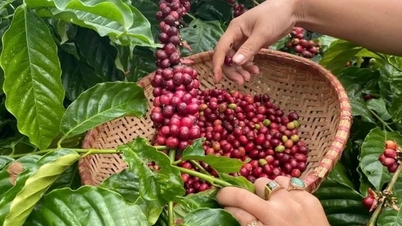







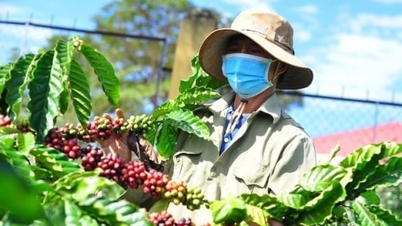
![35 years of building a high-quality herd: [Part 1] Crossbreeding journey](https://vphoto.vietnam.vn/thumb/402x226/vietnam/resource/IMAGE/2025/11/16/1763280452986_0239-3-160957_743.jpeg)






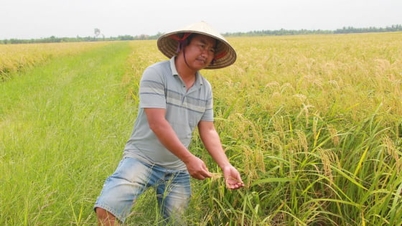
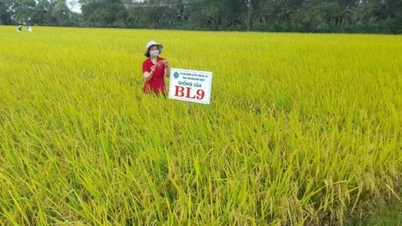
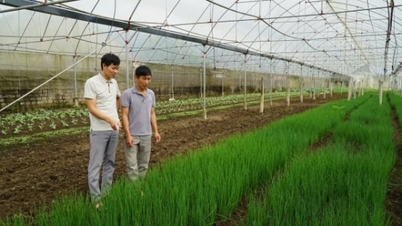
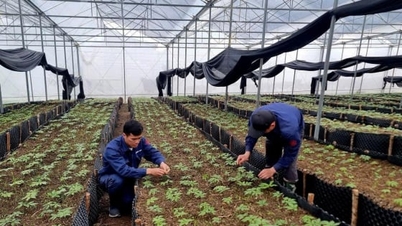
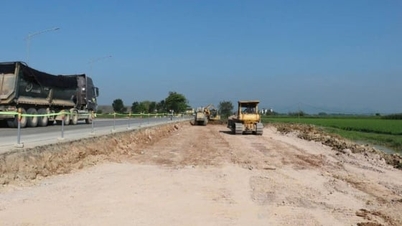






















































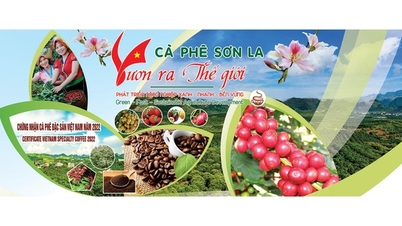





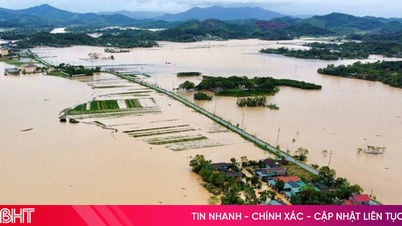












Comment (0)